How to Create the Best Leg Workouts and Improve Lower Body Strength
Our content strives to support, inform, and motivate you to meet your health goals. We want to be your trusted source of expert- and science-backed info dispensed in simple, actionable ways. Read our Editorial Guidelines.
Ever hear someone say you should never skip leg day? Well, that’s because your legs are important! Even if you’re more interested in strength training for your upper body strength, you’ll do much better if you have a solid foundation of support in your lower body. The best leg workouts engage all the muscles in your lower body.
Read on to learn why leg workouts are important, some of the best leg exercises you can do, how to create your own leg day workout, and how a personal trainer can help.
Why Leg Workouts Are Important
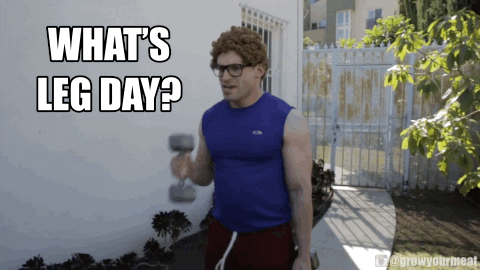
Your legs are involved in many of the movements you do every day: walking, standing, lowering yourself into a chair, picking something up off the ground, etc. You might think simple cardio such as running or biking is enough to build leg strength, but you need more to engage some important leg muscles.
This is where leg workouts can help. Also known as lower body workouts, leg workouts can help you perform daily tasks with better balance and improve your ability to do cardio while burning more calories than cardio alone. Leg workouts are great not just for your legs, but for your whole body. So if you love your body, take good care of it by doing leg workouts!
Best Leg Exercises
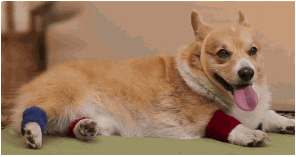
Let’s take a look at some of the best exercises you can do for your legs. It’s best to keep your leg workouts nice and simple, so we’re going to look at three main exercises with endless variations: lunges, squats, and deadlifts. These exercises target all the major muscle groups of your legs: quadriceps (quads), glutes, hamstrings, and calf muscles.
Note that some just use your bodyweight while others require the use of free weights, but you can always use any sufficiently heavy object if you don’t have free weights. That said, it’s a good idea to invest in some free weights if you’re planning on doing these exercises regularly. Personally, we’re fans of the kettlebell.
To design your leg workout, you can mix and match with one exercise from each of these categories (as we’ll discuss more in the next section).
Lunges
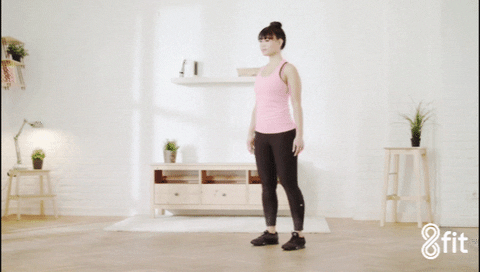
Lunges target all the muscles in your legs. The motion is very similar to walking, but it goes deeper and targets more muscles. There are a variety of ways to perform lunges. We’ll describe a basic lunge below, and then we’ll get into some variations.
Begin in a standing position with feet shoulder-width apart.
Step forward with your left leg while lowering your right knee towards the ground. Both knees should be at 90-degree angles.
Bring your left leg back and return to the starting position.
Repeat this motion with your right leg stepping forward.
Walking Lunges
To do walking lunges, each time you come up from your lunge, you lunge forward with your other leg instead of going back to the starting position. When you run out of space, simply turn around and keep going.
Reverse Lunges
Reverse lunges are just what they sound like: lunges that move your body backwards instead of forwards. They’re a bit harder, since we’re not really used to this backwards motion.
Lateral Lunges
Also known as side lunges, lateral lunges are a great exercise to add to your rotation, as they require a side movement that otherwise isn’t normally performed. Instead of stepping forward or backward, you’ll step one leg out to the side, and then back.
Squats
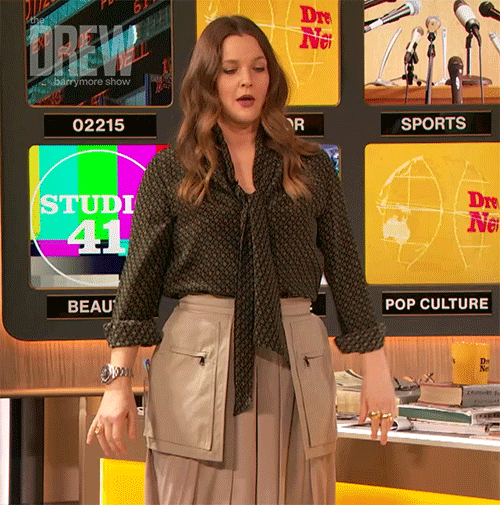
Squats are a fantastic exercise for your glutes and quads, but they also engage your core and hip muscles. Let’s go through the basic squat movement and then talk about some variations that can spice up your routine.
Begin in a standing position with feet shoulder-width apart. Clasp your hands in front of you for balance if you’d like.
Keeping your back in a straight line, lower your upper body and bend your knees into a squat position, as though you’re about to sit in a chair.
Raise your body back to the starting position.
Single-leg Squats
Single-leg exercises are really important for leg strength. Not only do they help build muscle in each leg, but they also challenge your balance, requiring you to support yourself on just one leg. For single-leg squats, simply lift one leg in the air and squat with the other leg.
Bulgarian Split Squats
Like single-leg squats, Bulgarian split squats target one leg at a time. But instead of lifting the other leg in the air, you rest it on a bench or chair behind you. It’s important to make sure you’re getting the angle right, so take a look at this video for guidance.
Goblet Squat
Goblet squats are just like regular squats with the addition of a free weight. This could be a kettlebell or a dumbbell, or it could be a household object like canned food or a heavy book. Simply hold the weight or object with both hands in front of you.
Front Squat
Like the goblet squat, the front squat requires free weights, but for these, you’ll specifically need a barbell. Hold the barbell up to the top of your chest, where your shoulders meet your neck, as you squat down.
Back Squat
The back squat is like the front squat, but instead of holding the barbell in front of you, you’ll hold it behind you on the backs of your shoulder blades. See this video to make sure you’re doing it right.
Deadlifts
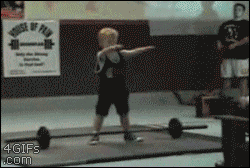
Deadlifts are a great way to target the hip hinge movement, a type of functional movement involved in squatting or lifting things off the ground.
Deadlifts target all major leg muscles as well as core and back muscles. They require the use of a free weight, which could be a barbell, a kettlebell, or dumbbells.
Begin in a standing position with feet shoulder-width apart. Your weight should be on the ground just in front of your feet.
Hinge at your hips as you squat down to grab hold of the weight.
Use your leg muscles to propel your upper body back up as you hold the weight in your hands.
Come back to the starting position while holding the weight just below your hips.
Repeat step 2, but this time bring the weight back down instead of picking it up.
Come back to the starting position.
Romanian Deadlift
The Romanian deadlift is very similar to the traditional deadlift, but instead of starting with the weight on the ground, you start with the weight in your hands. You keep the weight in your hands throughout the whole exercise, squatting down to lower it until it almost touches the ground and then raising it back up.
This targets your glutes and hamstrings more so than the traditional deadlift. Keep in mind your power is coming from your legs, and not so much from your arms, as with the traditional deadlift.
Single-leg Deadlift
As with any single-leg exercise, the single-leg deadlift requires even more leg strength and balance than the traditional deadlift. You’ll do the same basic motion but with just one leg, raising the other leg in the air behind you for balance.
How to Create Your Own Leg Day Workout

Now that we’ve seen examples of some of the best exercises we can do for our legs, how do we combine these exercises into a workout? Here, we’ll break down all the factors you need to consider in an easy-to-follow checklist.
1. Decide on Your Exercises
It’s generally better to choose a small number of exercises and focus on doing many reps than choosing a large number of exercises and just doing a few reps of each. With this in mind, you can keep it simple: Pick at least one type of lunge, squat, and deadlift to target all the major muscle groups in your legs. Include one single-leg exercise for balance.
2. Find Your Ideal Reps
For exercises that use free weights, you’ll also need to figure out how much weight to use. Opt for more reps of a lighter weight rather than a few reps of a very heavy weight. Aiming for 8-12 reps per set is a great goal, so figure out how much weight can safely challenge you for that many reps.
3. Consider How Many Sets Are Best
While aiming for a high number of reps, we can stick with a low number of sets. If you’re doing this for the first time, just one set of each exercise is plenty, but as you progress, you can work your way up to 2-3 sets per exercise.
4. Remember to Warm Up
Your workout isn’t complete without a warm up and a cool down, which help keep you safe and avoid injury. Any light cardio will work well for your warm up, and dynamic stretching will help you cool down.
5. Plan Your Weekly Schedule
One to three leg workouts per week is all you need for muscle growth, as long as you’re doing enough reps of each exercise. Make sure you get enough rest in between sessions! You need sufficient recovery time to make progress.
6. Create Variety
You never want to get bored with your workouts — keep learning, trying new things, and challenging yourself by designing a few variations of your leg workout. Going back to step one, design one or two additional leg workouts which you can then alternate between during the week.
7. Adjust as You Progress
Once you’ve done enough of these workouts that you find them becoming easier, you’ll want to focus on progressive overload. Find ways to make the exercises more challenging – add more weight, or more reps, or more sets – to ensure you continue building muscle. Otherwise, you’ll stop progressing.
How a Personal Trainer Can Help

As we’ve seen, there’s a lot to consider when designing leg workouts. You need to choose good exercises (and make sure you’re doing them properly), decide how many reps and sets to do, figure out how frequently throughout the week to do them, and then make them more challenging when they start to become easy for you.
If this sounds like a lot of work, that’s because it is! Thankfully, an online personal trainer from Kickoff can help guide you through this process for a fraction of the price of in-person trainers. They’ll help you figure out the best ways to achieve your fitness goals, help you practice proper form, and cheer you on throughout your journey.
Take this quiz today to get matched with the right online trainer for you.